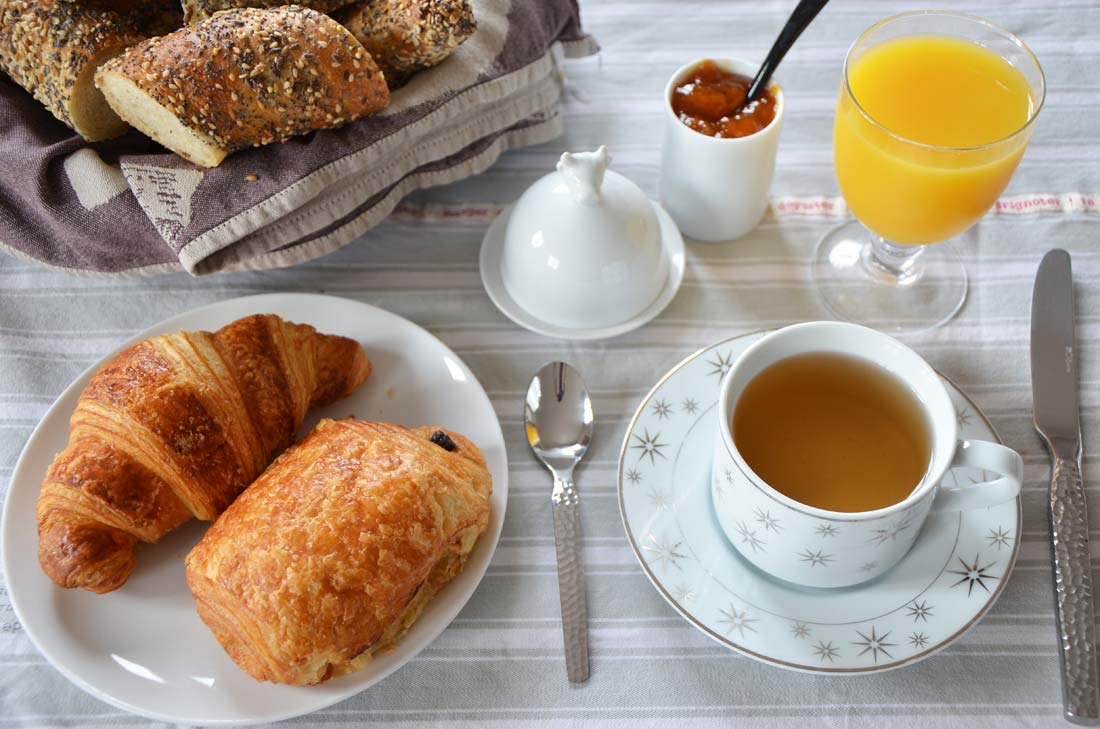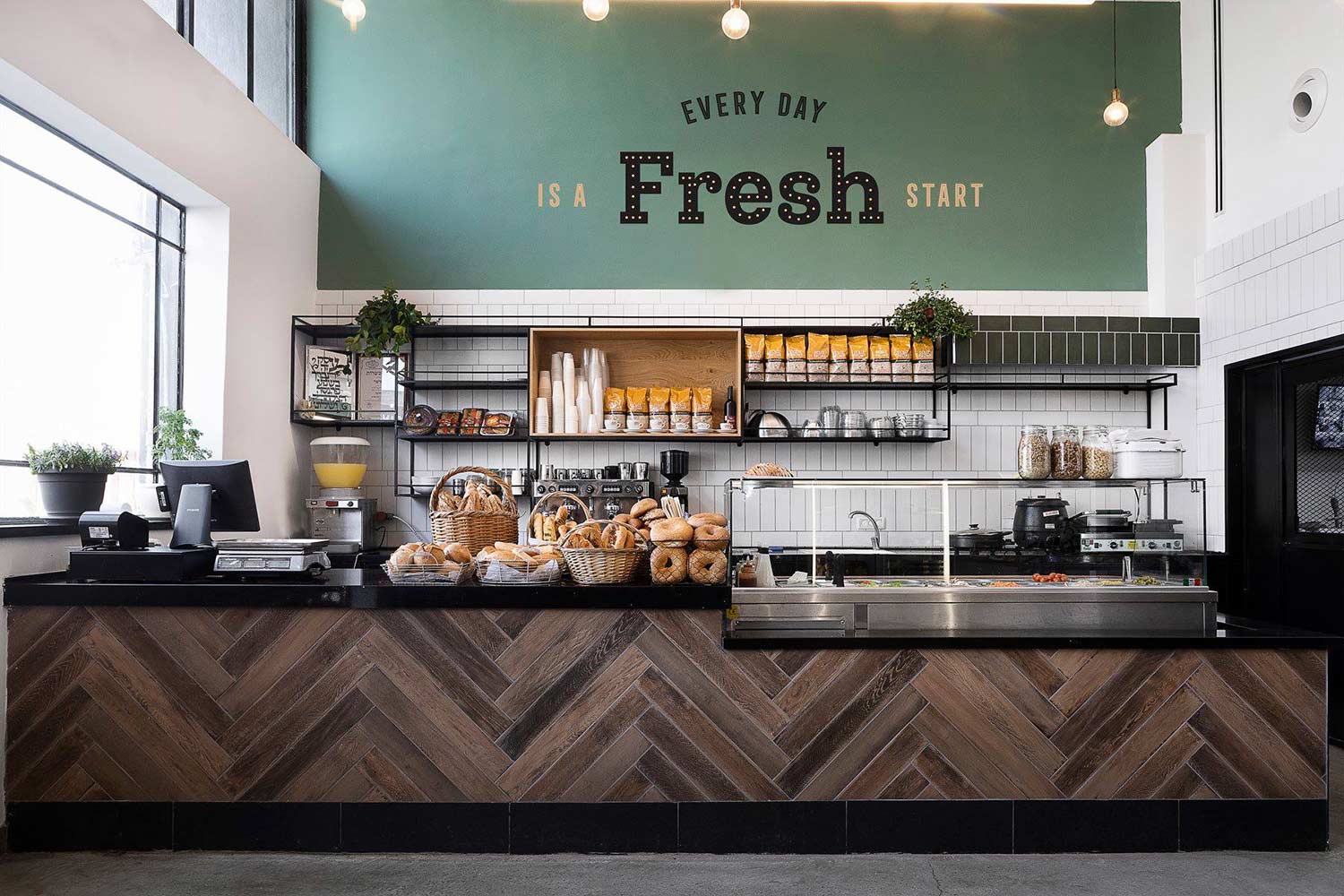







Few things capture the essence of Parisian life more beautifully than the simple, everyday ritual of enjoying a freshly baked croissant or baguette. From bustling street corners to quiet neighborhood boulangeries, these staples of French cuisine aren’t just about satisfying hunger—they’re about tradition, community, and a deep respect for craftsmanship.
At Findestinations, we believe that understanding a culture often begins with understanding its food. In Paris, to understand the people is to understand their love for good bread.

When you bite into a perfectly made croissant, you’ll know it’s not just a pastry—it’s a small marvel of culinary engineering.
Key Characteristics of the Perfect Parisian Croissant:
Flaky layers that shatter delicately with each bite.
Golden, buttery sheen on the surface.
A rich, slightly elastic interior from perfectly laminated dough.
A subtle aroma of butter and yeast, never overpowering.
The secret lies in the lamination process—layering butter and dough through a series of precise folds and turns. True Parisian croissants use AOP-certified butter from France, giving them a flavor that simply can’t be replicated elsewhere.
For many Parisians, mornings aren’t complete without a stop at the local boulangerie for a croissant paired with a café au lait.
Findestinations Tip:
Order like a local—“Un croissant, s’il vous plaît.” Eat it standing at the counter or strolling leisurely to your next destination.

The baguette isn’t just bread—it’s a cultural icon, protected by French law and lovingly baked fresh each day. In 1993, the French Bread Decree declared strict guidelines: a true baguette contains only flour, water, salt, and yeast.
Characteristics of a Perfect Baguette:
Crusty, golden exterior with audible crunch.
Light, airy interior with irregular holes (the “crumb”).
A taste that’s simultaneously nutty, slightly tangy, and deeply satisfying.
French families often purchase a baguette twice daily—morning for breakfast, evening for dinner.
Baguette Tradition:
Made according to strict artisanal methods; chewier, more flavorful, slightly rustic.
Baguette Classique:
More mass-produced; lighter crust, milder flavor.
Baguette aux Céréales:
With seeds or grains; a modern twist favored by health-conscious Parisians.
Findestinations Tip:
Always ask for “une tradition” if you want the best, most authentic baguette experience.

The boulangerie is more than just a bakery—it’s a neighborhood anchor. Locals visit daily not just for bread, but for small conversations and a sense of continuity.
Signs of a Good Boulangerie:
A line of locals waiting patiently (always a good sign).
“Artisan Boulanger” on the sign, indicating on-site baking.
The irresistible smell of fresh bread wafting onto the street.
Early Morning (7-9 AM): For the freshest croissants.
Late Afternoon (4-6 PM): For warm baguettes before dinner.

Croissant Nature:
Plain, buttery, crescent-shaped perfection.
Pain au Chocolat:
Rectangular, with rich dark chocolate inside two folds.
Both are delicious—but pain au chocolat is for those craving a sweet treat with their morning coffee.
Never cut your baguette with a knife at the table—tear it by hand.
Bread is often placed directly on the tablecloth, not on a plate.
At breakfast, dip croissants or baguette slices into your coffee.
Don’t butter your baguette during meals unless specifically served that way.
Say “bonjour” when entering a boulangerie; politeness is part of the experience.

Breakfast:
Croissant with jam or butter
Baguette with café crème
Lunch:
Baguette sandwich (jambon-beurre is the classic choice)
Dinner:
Baguette alongside cheese, wine, and charcuterie
Dessert:
Pain au chocolat or croissant aux amandes

Du Pain et des Idées (10th Arrondissement)
La Maison d’Isabelle (5th Arrondissement)
Blé Sucré (12th Arrondissement)
Le Grenier à Pain (18th Arrondissement)
Boulangerie Poilâne (6th Arrondissement)
Maison Landemaine (Multiple Locations)
Every year, Paris hosts the Grand Prix de la Baguette de Tradition Française de la Ville de Paris. The winner provides bread for the Élysée Palace (the French president’s residence)—a prestigious honor in a nation serious about its bread.
Bread has fueled revolutions, shaped economies, and united communities in France. The French Revolution itself was sparked in part by bread shortages. Today, the baguette remains a symbol of equality—accessible to all, enjoyed by everyone.
It’s not just romanticism—it’s regulation, tradition, and passion. French bakers often train for years to perfect these recipes. Ingredients are carefully sourced, and the process is protected by law to preserve quality.

Picture this:
Dawn breaks over cobbled streets.
Locals emerge, baguettes tucked under arms.
Café doors swing open; coffee machines hiss.
The smell of warm butter and bread hangs in the air.
This is not just breakfast—it’s Parisian life unfolding, as it has for generations.
Emma (Australia):
“My first Parisian morning began with a croissant so perfect I bought three more. I didn’t feel guilty—only grateful.”
Lucas (USA):
“Carrying my first baguette under my arm through Paris streets made me feel like I belonged, even for a moment.”
Isabella (Italy):
“I thought bread was bread—until I tasted a baguette tradition from a tiny boulangerie near Montmartre. Life-changing.”

If you’re inspired to recreate these treats at home, here’s what you need:
High-fat European-style butter
Strong bread flour
Time, patience, and precision
A good French baking cookbook or online tutorial
Baking these pastries yourself deepens your appreciation for the craft—and keeps your Parisian memories alive.
In Paris, croissants and baguettes aren’t luxuries—they’re daily joys, woven into the city’s heartbeat.
They connect people across neighborhoods, generations, and cultures. To walk the streets of Paris with a baguette or sit quietly in a café with a flaky croissant is to participate in something timeless, simple, and profoundly human.
At Findestinations, we encourage you to embrace these small moments—they’re the soul of travel.
Bon appétit. Bon voyage.

Findestinations — Your trusted source for travel inspiration, destination guides, and expert tips to help you explore the world with confidence and curiosity.

